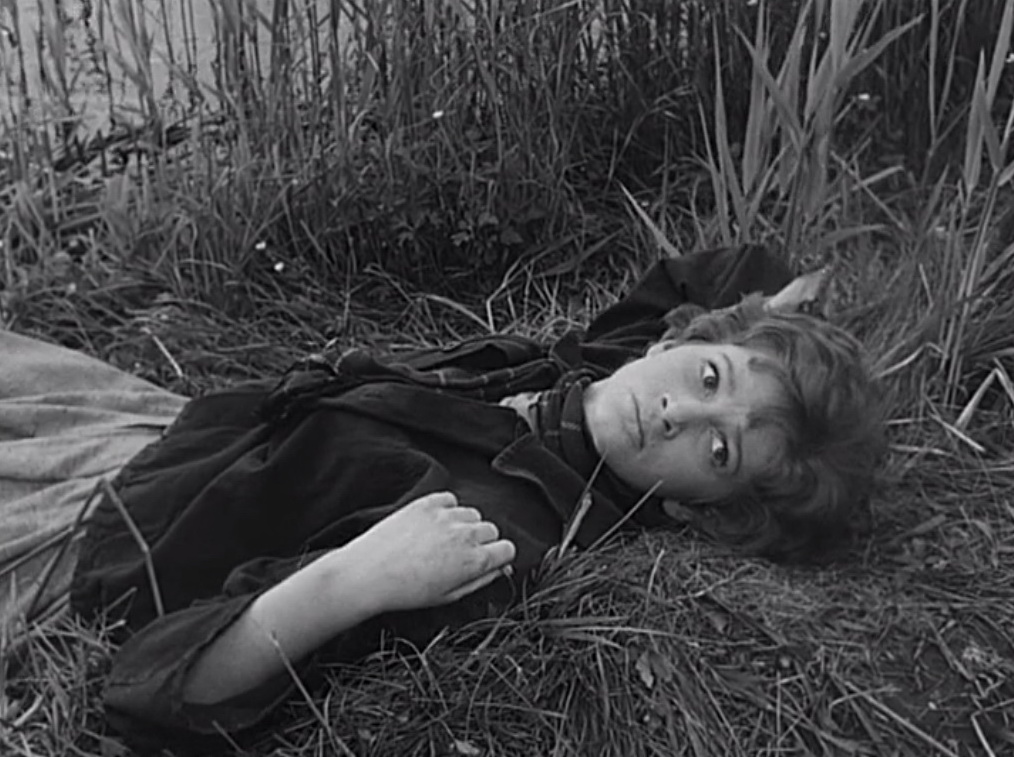In the realm of cinematic enchantment, few films capture the essence of Italy’s picturesque landscapes and human emotion quite like Esterina. Led by the incomparable Carla Gravina, this cinematic gem not only tells a compelling narrative but also unveils the breathtaking beauty of its chosen locations.
Set against the backdrop of Italy’s mesmerizing landscapes, Esterina takes viewers on a poignant journey filled with love, loss, and the resilience of the human spirit. At its heart lies the captivating portrayal of Esterina, a character brought to life by the remarkable talent of Carla Gravina. Through her nuanced performance, Gravina draws audiences into Esterina‘s world, navigating the depths of emotion with grace and vulnerability.
As the film unfolds, Gravina’s performance serves as the anchor that guides audiences through the intricate tapestry of Esterina’s journey. From the tender moments of intimacy to the depths of despair, Gravina infuses each scene with a depth of emotion that is palpable. Her ability to convey a myriad of emotions with the subtlest of gestures and expressions speaks volumes. Thus leaving an indelible impression that lingers long after the final frame.
But perhaps most remarkable is Gravina’s ability to infuse Esterina with a sense of universality that transcends language and culture. In her portrayal, we see not just the story of one woman, but the universal experience of love and redemption that resonates with audiences of all backgrounds.
Central to the film’s allure are the meticulously selected locations that serve as both the canvas and the backdrop for Esterina‘s transformative odyssey. From the sun-drenched streets of Sicily to the timeless beauty of Tuscany’s rolling hills, each setting adds depth and authenticity to the film’s narrative, elevating it to a realm of cinematic splendor.
The journey begins amidst the vibrant bustle of Sicily’s ancient alleyways, where Esterina‘s story unfolds against a backdrop of colorful markets and centuries-old architecture. As she navigates the labyrinthine streets, viewers are immersed in the rich tapestry of Sicilian culture. From its mouthwatering cuisine to its passionate embrace of life’s simple pleasures.
From Sicily, the film transports audiences to the verdant landscapes of Tuscany, where rolling vineyards and quaint villages paint a portrait of timeless beauty. It is here, amidst the tranquil countryside, that Esterina finds solace and renewal, forging connections that transcend time and space.
But perhaps the most poignant of all the film’s locations is the enigmatic city of Venice, with its labyrinthine waterways and crumbling palazzos. As Esterina navigates the city’s maze-like streets, she confronts her past and discovers the true meaning of love and redemption. Against the backdrop of Venice’s ethereal beauty, Gravina’s performance reaches new heights, capturing the essence of a woman on the brink of self-discovery.
In the pantheon of cinematic performances, Carla Gravina’s portrayal of Esterina stands as a true masterpiece, a testament to the enduring power of art to move, inspire, and transform. Through her luminous performance, Gravina invites audiences to journey alongside her character.
As Esterina unfolds, it becomes clear that the film’s locations are more than mere settings they are characters in their own right. Each imbued with a sense of history and emotion that mirrors the journey of its protagonist. Through the lens of directorial mastery and Carla Gravina’s captivating performance, these locations come alive, inviting audiences to embark on a cinematic voyage.
In the end, Esterina is more than just a film it is a testament to the enduring power of storytelling and the timeless allure of Italy’s enchanting landscapes. It reminds us that true beauty lies not only in the places we visit but in the connections we forge along the way.






